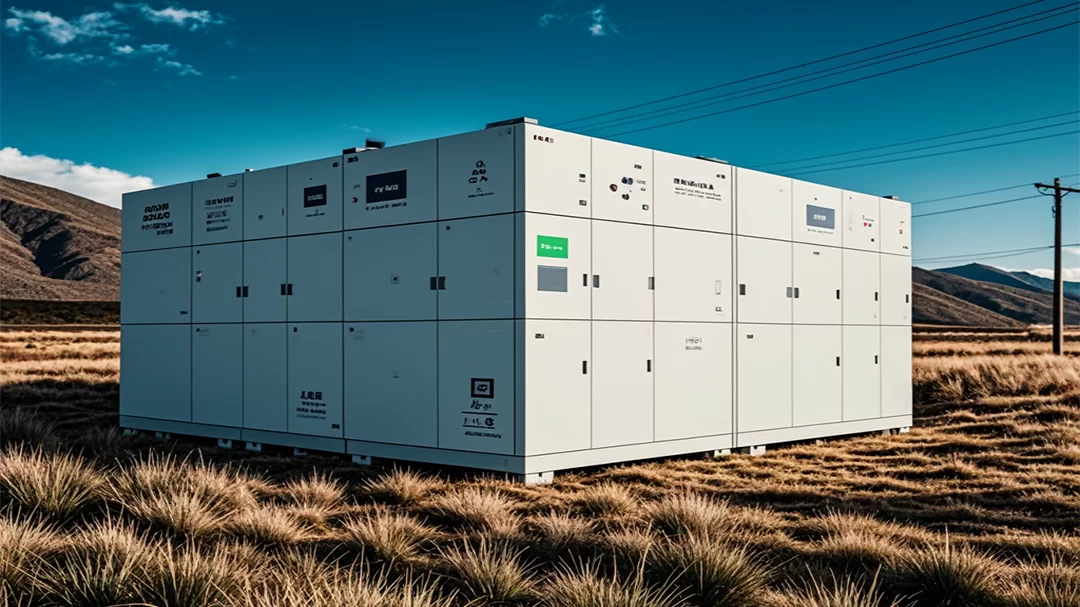Understanding the Basics of Distributed Energy Storage Cabinets from Scratch

As renewable energy rapidly develops, effectively storing and managing electricity has become a critical issue. Distributed energy storage cabinets, an emerging solution, are gradually becoming part of our lives. Today, let’s take a straightforward look at the basic principles of distributed energy storage cabinets and their role in daily life.
What is a Distributed Energy Storage Cabinet?
A distributed energy storage cabinet is an electricity storage device that can store electrical energy and release it when needed. It consists of multiple battery units that can be flexibly combined as needed to form an integrated storage system. Unlike traditional large-scale storage systems, distributed energy storage cabinets are compact, easy to install, and expand, making them suitable for homes, businesses, and various other settings.
How Does a Distributed Energy Storage Cabinet Work?
The core of a distributed energy storage cabinet lies in its batteries and inverters. The batteries store electrical energy, while the inverters convert the direct current (DC) from the batteries into alternating current (AC) for daily use. Simply put, its working principle can be broken down into three steps:
- Charging: When electricity prices are low or there is excess solar energy, the distributed energy storage cabinet stores this energy in its batteries.
- Storing: The batteries store the electrical energy in chemical form, ready to be released when needed.
- Discharging: When electricity prices are high or during power outages, the energy storage cabinet converts the stored DC power into AC power via the inverter, supplying it for household or business use.
Through this cycle, distributed energy storage cabinets effectively manage and utilize electrical resources, optimizing energy distribution.
The Role of Distributed Energy Storage Cabinets in Daily Life
- Saving on Electricity Bills: By using a distributed energy storage cabinet, you can store electricity when prices are low and use it when prices are high, reducing overall electricity costs. This is especially useful for households and businesses that use time-of-use pricing.
- Increasing Energy Independence: Homes and businesses with distributed energy storage cabinets can rely on stored energy during power outages, ensuring the continuity of daily life and work. This is particularly important for users who depend on electrical equipment.
- Supporting Renewable Energy: Renewable energy sources like solar and wind are intermittent and cannot provide stable power. Distributed energy storage cabinets can store excess energy when there is plenty of sunlight or wind and release it when needed, maximizing the use of renewable energy and reducing dependence on the traditional power grid.
- Stabilizing the Power Grid: Distributed energy storage cabinets help stabilize grid voltage and frequency, reducing the impact of grid fluctuations on household appliances and extending the lifespan of electrical devices.
In summary, distributed energy storage cabinets offer numerous conveniences through efficient energy storage and management. Whether it’s saving on electricity bills, increasing energy independence, supporting renewable energy, or stabilizing the power grid, distributed energy storage cabinets showcase their immense potential and advantages. As technology continues to advance, distributed energy storage cabinets will play an increasingly important role in various fields, becoming a key tool for future energy management.
